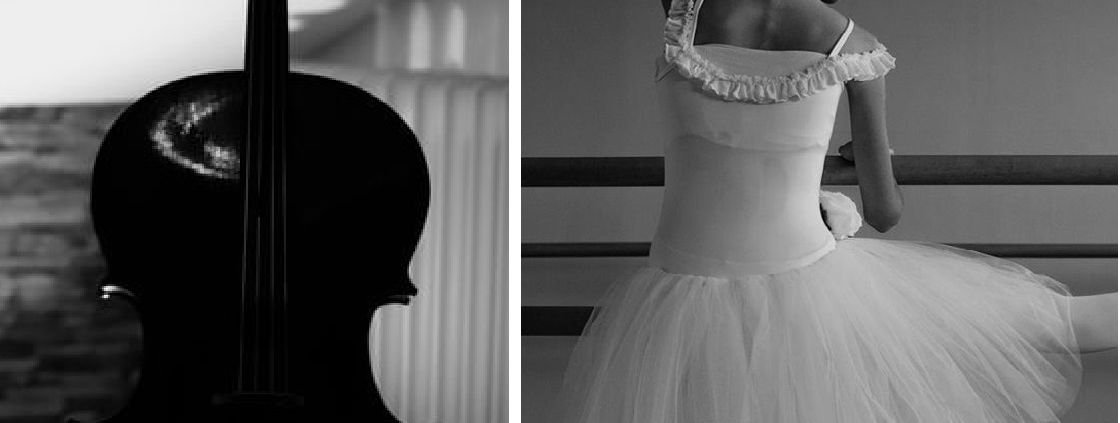Scoliosis in musicians and dancers
Two artistic activities in some ways at the antipodes, maximum mobility on one side maximum immobility on the other, which however have some aspect in common: age of initiation, commitment and sacrifice. And the risk of joint degeneration …!
If we think about the potentially harmful effects or risk factors for pathologies affecting the musculoskeletal system, music and dance are however at the antipodes: music, with its rehearsal sessions, obliges musicians to maintain the same position for long periods positions are often asymmetrical and overload some joints more than others.
Dance, with its dynamism and constant search for hypermobility and spectacular gesture, as extreme, stimulates the joints more dynamically.
The risk of joint degeneration exists, albeit for different reasons for both of these art forms.
The main pathogenetic mechanism that is the mechanism that leads to degeneration and joint pain can be traced back to the intensity of the workloads to which your body is subjected. Often, due to a spirit of sacrifice, the ailments are underestimated or in any case overlooked, because they are considered as a normal consequence of the long sessions of tests or training. Often young artists neglect or even hide their ailments, for fear of having to abandon the activity, or for a competitive question, namely “if I can’t do it, someone else will take my place”. If medical checks are more frequent in dance, there are no fitness visits or periodic checks for musicians.
The study “Scoliosis in musicians and dancers” (H.A. Bird, Sofia Ornellas Pinto) was recently published, in which the authors described and compared three clinical cases: two musicians and a dancer of different ages and with different problems. More than scoliosis alone, the problems that emerged in these three clinical cases concern the locomotor system in a more general view.
The most peculiar case is that of a young cellist, with a passion for both dance and music.
This girl showed marked hypermobility that had favoured success in dance, but due to the onset of adolescent scoliosis, she was advised against continuing with the practice of dance and consequently the girl began to devote herself exclusively to music. However, this activity also exposed the patient to a progressive worsening of the symptoms affecting the musculoskeletal system.
With this case, the authors highlight how harmful the prohibition of the practice can be and even make it worse.
In practice, the young cellist had gone from hypermobility to hyper-immobility, but we know how harmful extremisms can be in both cases.
“In case of pathology affecting the spine or other joints – explains Dr. Sabrina Donzelli, physiatrist from Isico – the first thing is to set up a specific adequate treatment, and above all not to interrupt the activities but rather to integrate and compensate them. There is no denying that sometimes it may be necessary to reduce loads or rehearsal sessions a bit, but these are preventive and temporary choices that offer the conditions necessary for a long artistic career. The risk, in fact, is, that if we neglect, we then arrive at the need to abandon the activity due to the total disability acquired “.
It must be remembered that for some, pubertal growth can be a moment of great fragility, everyone has their own weaknesses: “The best manner is the one which provides personalized training programs – concludes dr. Donzelli – we must teach youngsters to listen to the signals of their bodies and work to compensate for their Achilles’ heel, only in this way those with talent will be able to have a long career full of successes but also of health “.



Leave a Reply
Want to join the discussion?Feel free to contribute!